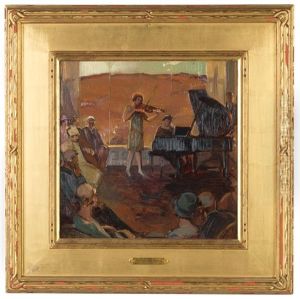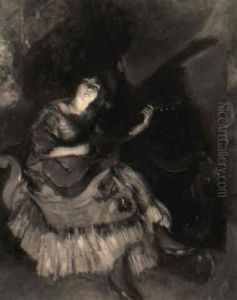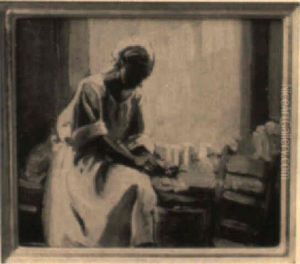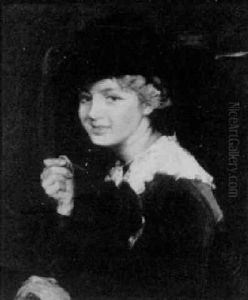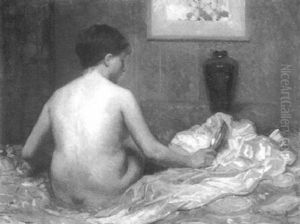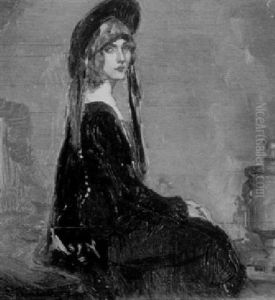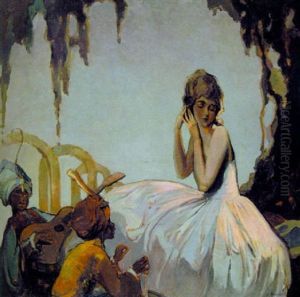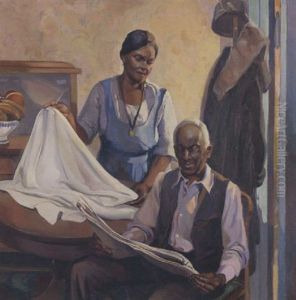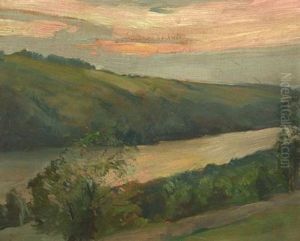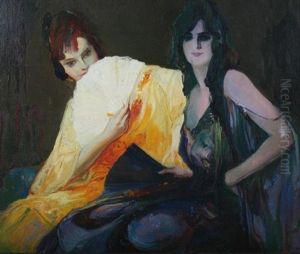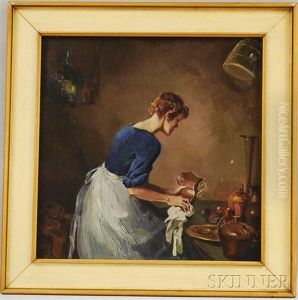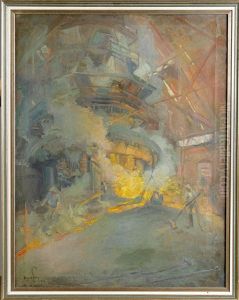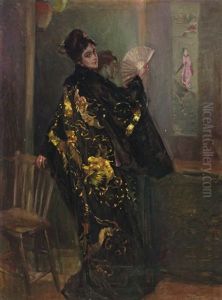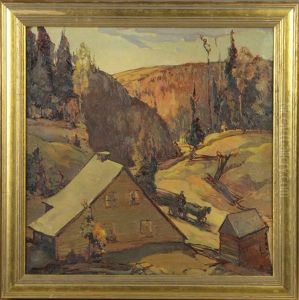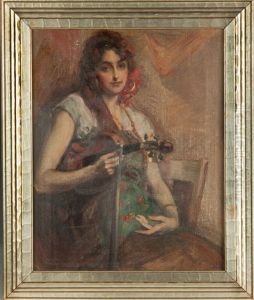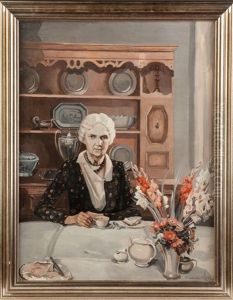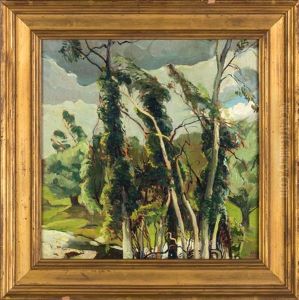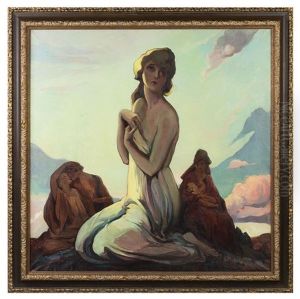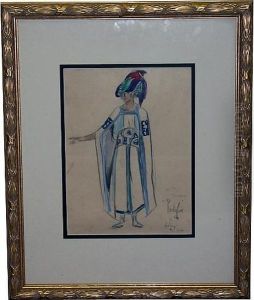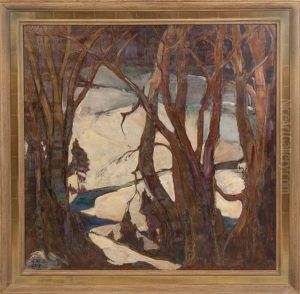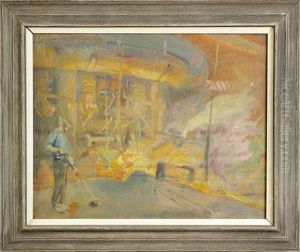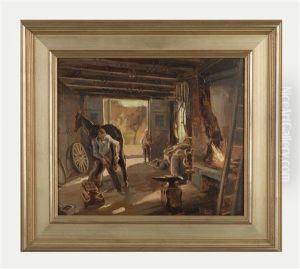Alexander Oscar Levy Paintings
Alexander Oscar Levy was an American artist known for his versatility in painting, his work spanning genres from portraits to landscapes to murals. Born on December 19, 1881, in Bonn, Germany, Levy immigrated to the United States with his family when he was a young child. They settled in Buffalo, New York, where Levy would grow up and eventually study art.
Levy's artistic training began at the Albright Art School in Buffalo, and he furthered his education in Europe, studying at the Académie Julian in Paris under Jean-Paul Laurens and at the Royal Academy in Munich. His time in Europe exposed him to a variety of artistic styles and techniques that would influence his later work.
Upon returning to the United States, Levy began to make a name for himself as an artist. He was particularly known for his skill in portraiture, capturing the essence of his subjects with a keen eye for detail and a strong sense of character. However, his repertoire was not limited to portraiture. Levy also painted landscapes, still lifes, and murals. His work often exhibited the influence of Impressionism with its vibrant use of color and light, though he also incorporated elements of Realism.
Levy's murals gained significant attention and can be considered some of his most important contributions to art and culture. Notably, he painted murals for public buildings under the Works Progress Administration (WPA) during the Great Depression, a period when the U.S. government sponsored public works to provide employment for artists and other workers. His murals are characterized by a blend of classical composition with contemporary themes, sometimes incorporating allegorical and historical elements.
Throughout his career, Levy was an active member of the art community. He exhibited his work widely and was involved in several art organizations. His paintings were shown at prestigious venues such as the National Academy of Design and the Pennsylvania Academy of the Fine Arts.
Alexander Oscar Levy's contributions to the art world continued until his death on April 10, 1947, in Buffalo, New York. His legacy is preserved not only through his diverse body of work but also through the influence he had on the American art scene of the early 20th century. His works can be found in various collections and have been the subject of exhibitions and research, ensuring that his artistic vision continues to inspire and be appreciated by new generations.
